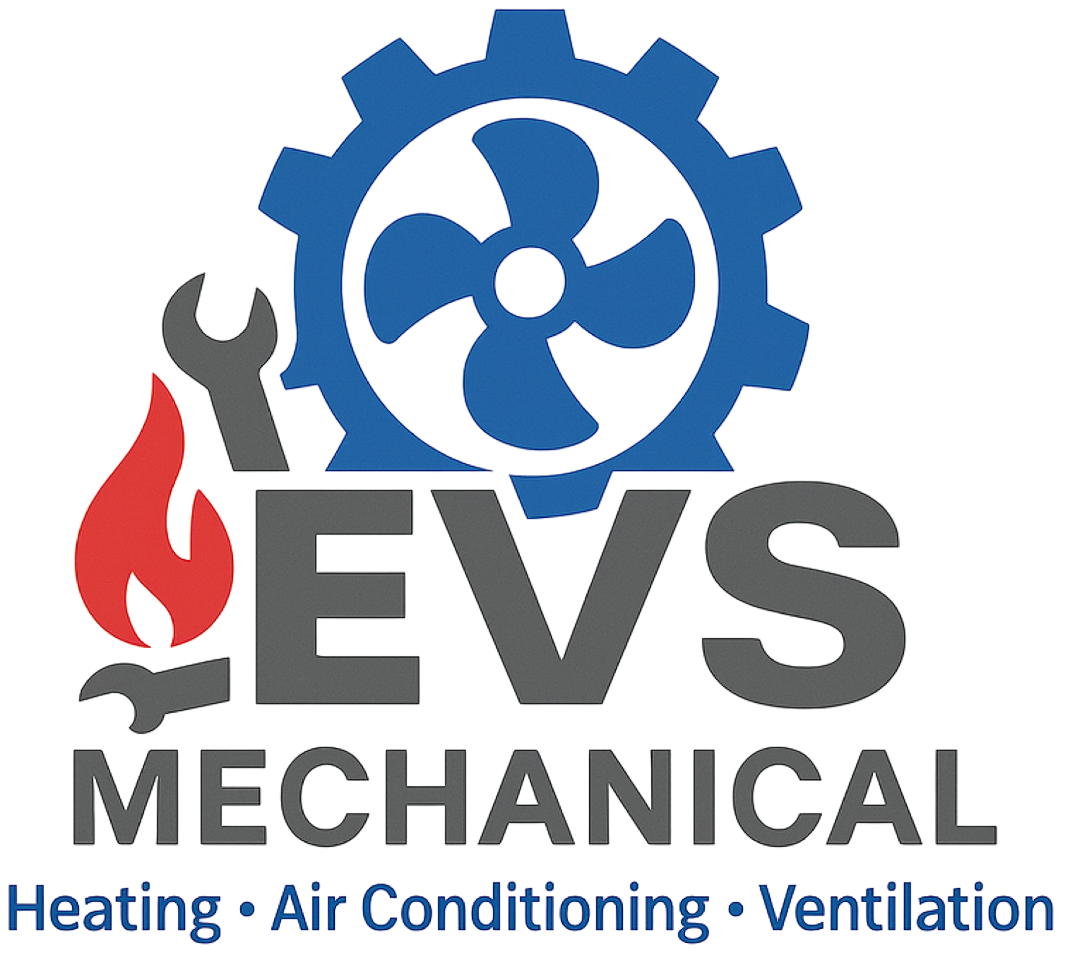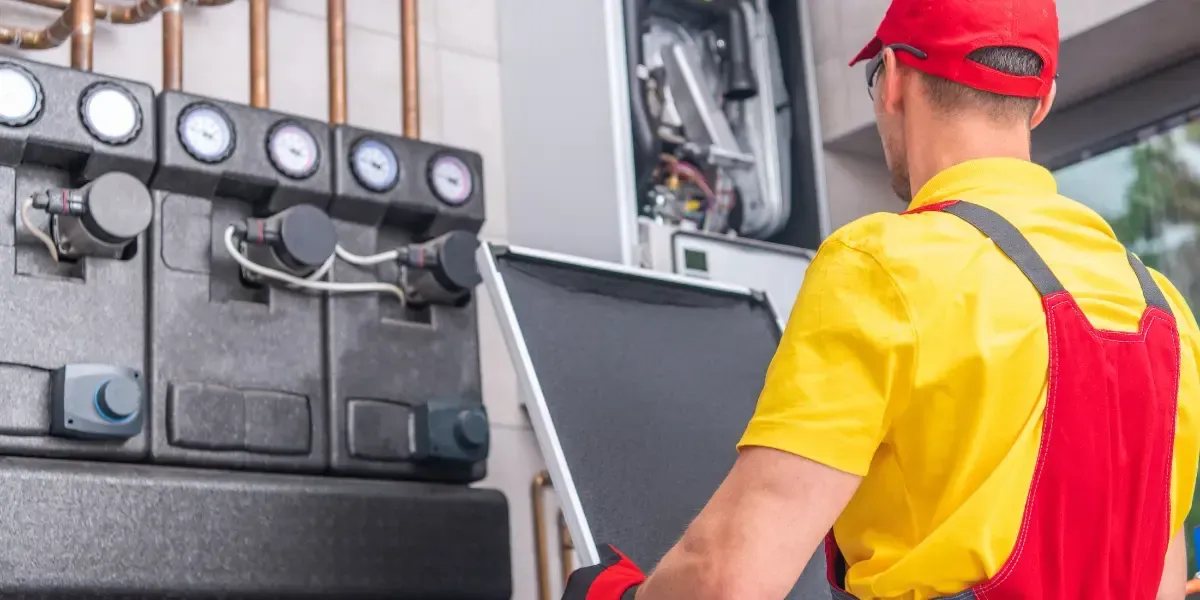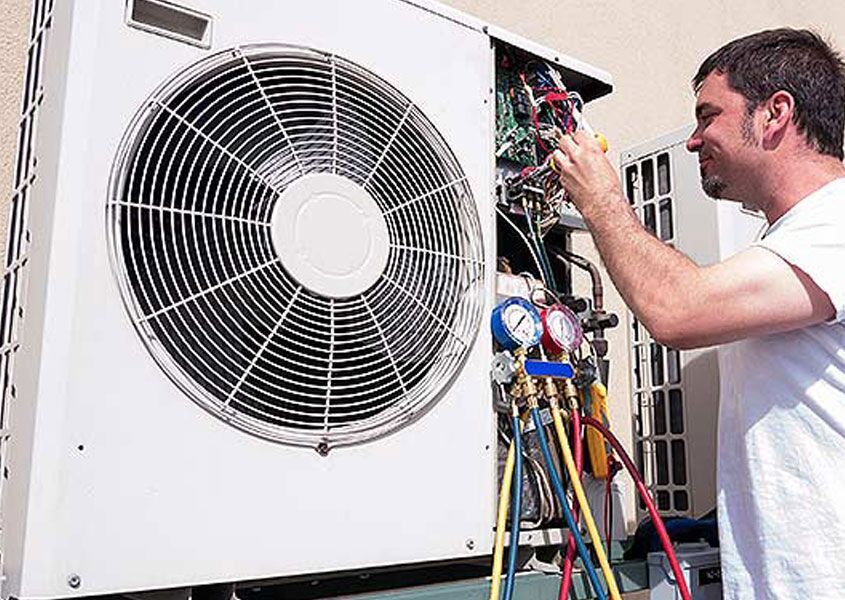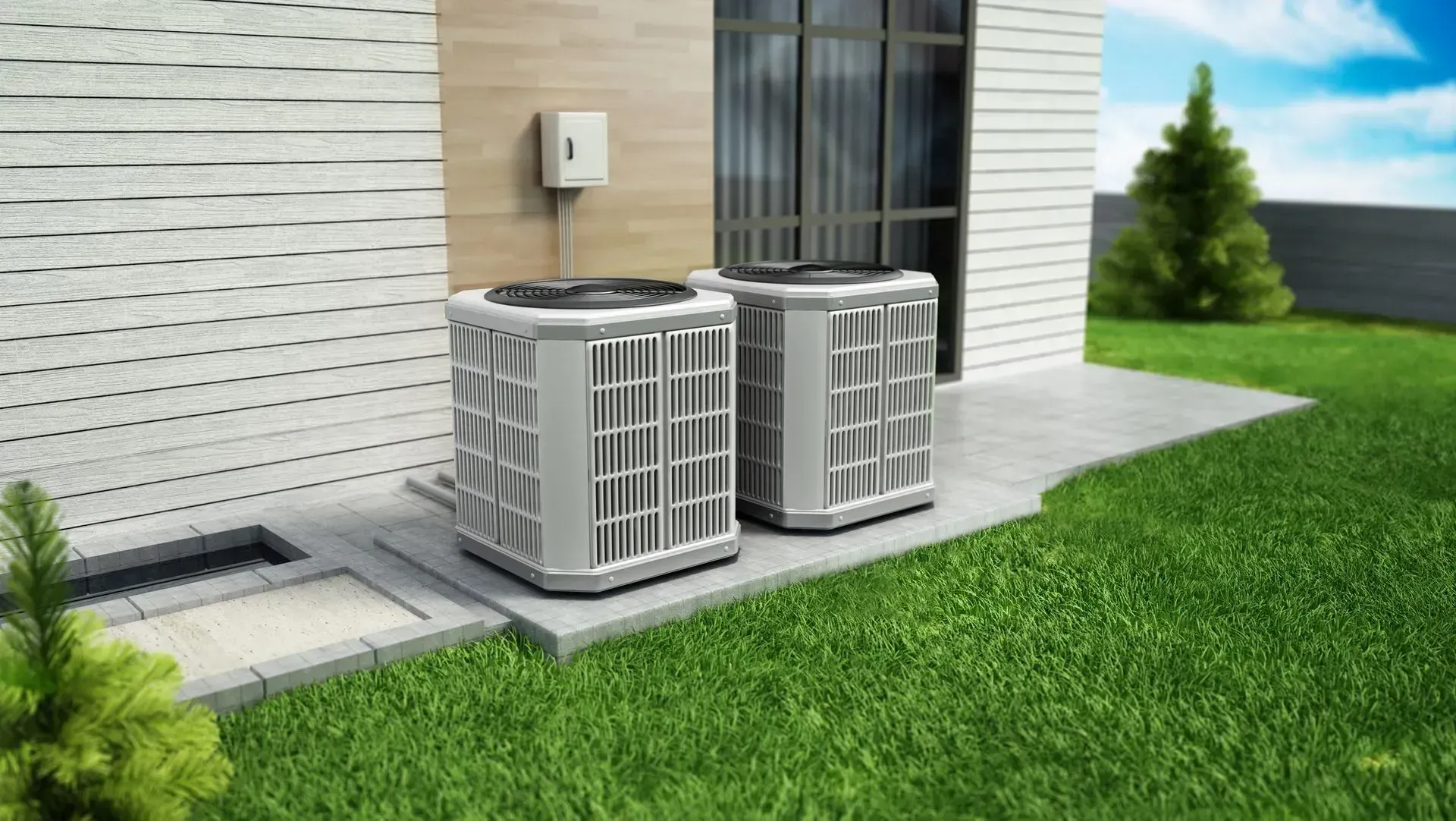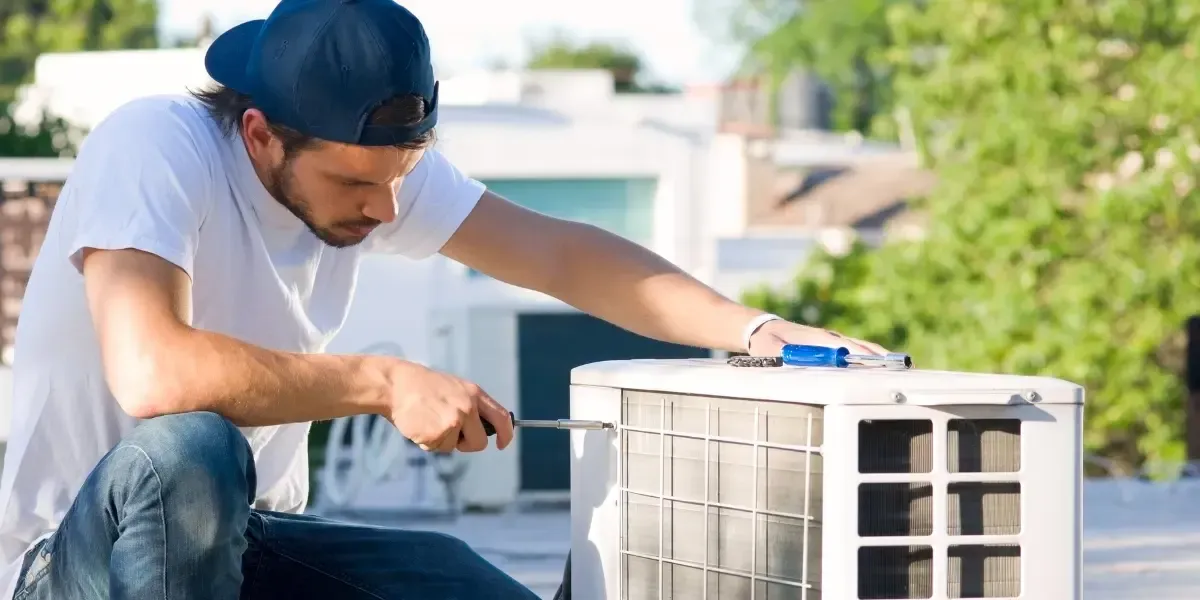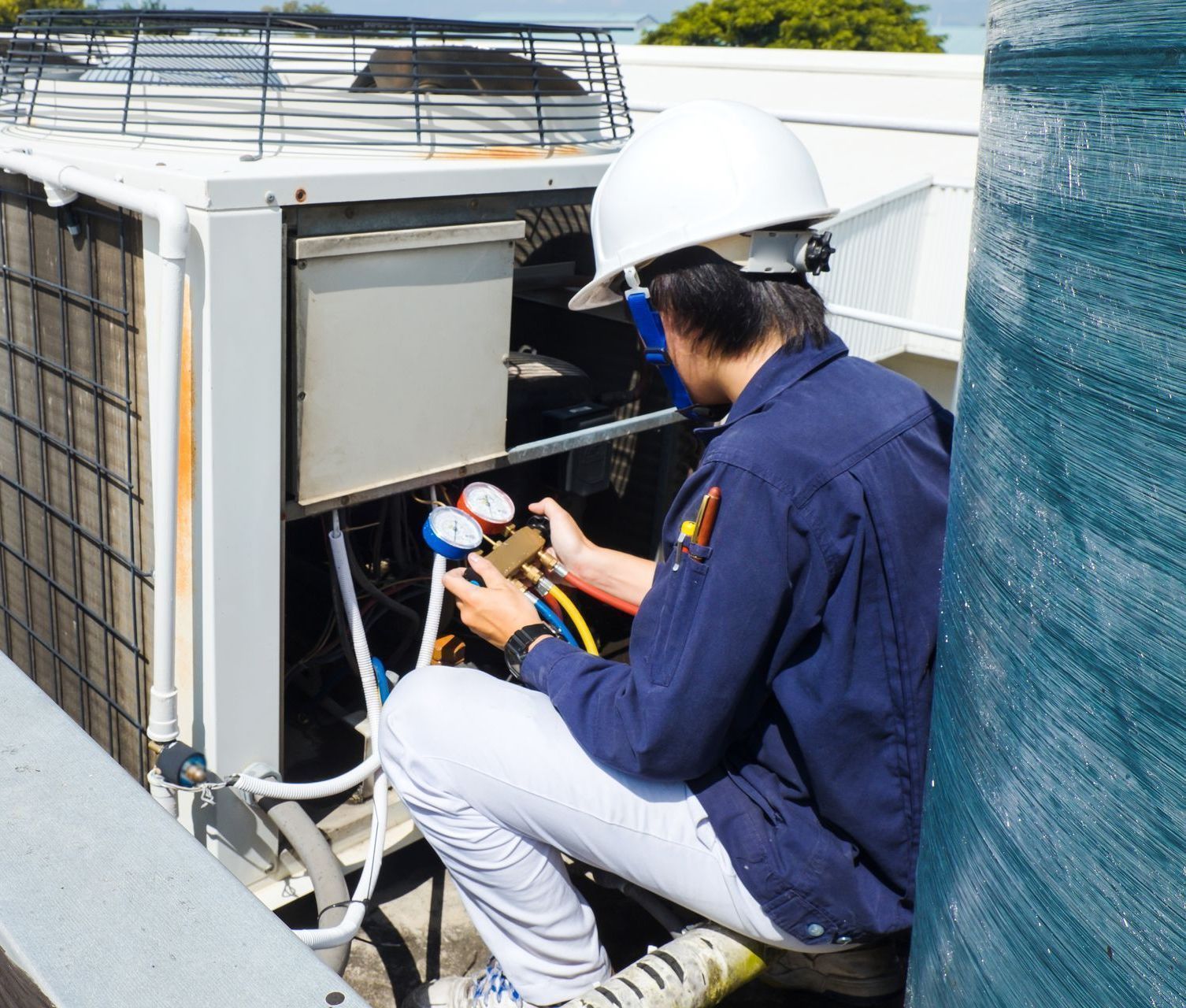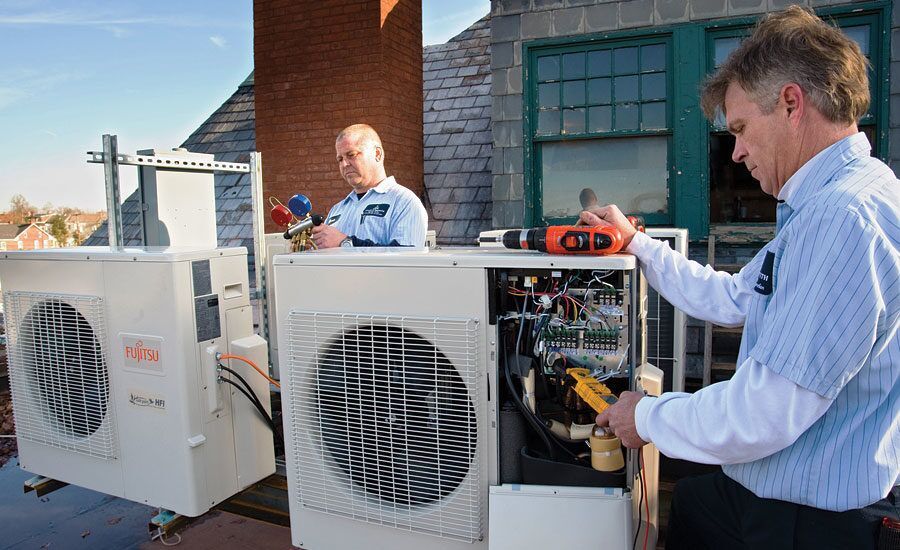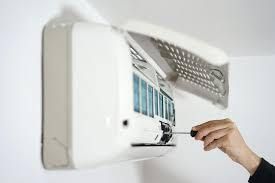BLOG
How Does a Gas Furnace Work? Step-by-Step Breakdown
A gas furnace is an essential component in many homes, ensuring warmth and comfort during colder months. Understanding how it operates can help homeowners maintain their heating system more effectively and recognize potential issues before they become major problems.
In this detailed guide, we'll walk through the step-by-step process of
how a gas furnace works and why regular maintenance is crucial.
Key Takeaways
- Gas furnaces work by burning natural gas or propane to generate heat, which is then distributed throughout the home.
- The process begins with thermostat activation, signaling the gas furnace to start a heating cycle.
- A heat exchanger ensures safe heat transfer while preventing combustion gases from mixing with indoor air.
- A blower fan circulates warm air throughout the home via ductwork.
- Regular maintenance is essential to ensure efficient and safe furnace operation.
Step-by-Step Breakdown of How a Gas Furnace Works
1. Thermostat Activation
The heating process begins when the indoor temperature falls below the thermostat’s set point. The thermostat detects this drop and sends a signal to the furnace control board to initiate a heating cycle.
2. Ignition of the Burner
Upon receiving the signal, the furnace control board opens a valve, allowing natural gas or propane to flow into the burner. A pilot light or an electronic ignitor then ignites the gas, creating a controlled flame.
Older furnace models typically use a standing pilot light, which remains lit at all times. Modern systems often use electronic ignition systems for improved energy efficiency and safety.
3. Heating the Heat Exchanger
The flames generated by the burner heat the heat exchanger, which is a metal component designed to transfer heat efficiently. This part ensures that combustion gases remain separate from the indoor air supply, preventing harmful exposure to carbon monoxide.
4. Air Circulation Through the Heat Exchanger
Once the heat exchanger reaches the desired temperature, a blower fan activates to draw cool air from the return ducts in the home. This air passes over the heat exchanger, absorbing the heat before being distributed throughout the home via the supply ducts.
5. Exhaust of Combustion Gases
During combustion, byproducts such as carbon monoxide and other gases are produced. The furnace directs these gases safely out of the home through a flue or vent system. This crucial step ensures that the indoor air remains safe and free of harmful fumes.
6. Completion of the Heating Cycle
Once the thermostat detects that the desired temperature has been reached, it signals the furnace to shut off the burner. However, the blower fan may continue running for a few minutes to distribute any remaining warm air.
This process repeats as needed to maintain a comfortable indoor temperature.
How EVS Mechanical Inc. Can Help You
Maintaining your gas furnace is essential for ensuring its efficiency, safety, and longevity. At EVS Mechanical Inc., we specialize in professional heating services, including installation, maintenance, and repair. Our team of certified HVAC professionals is dedicated to helping homeowners stay warm and comfortable throughout the year.
Why You Should Choose EVS Mechanical Inc.
- Certified and Experienced Technicians – Our team consists of skilled HVAC professionals with extensive experience in servicing all types of gas furnaces.
- Reliable and Fast Service – We understand the importance of a functioning heating system, especially in the winter, and provide prompt service to ensure your furnace runs smoothly.
- Affordable Pricing – We offer competitive pricing and transparent quotes with no hidden fees.
- Preventive Maintenance Programs – Regular maintenance can prevent costly repairs and extend the lifespan of your furnace.
- Customer Satisfaction Guarantee – We are committed to delivering top-quality service and ensuring customer satisfaction with every job.
Conclusion
Understanding how a gas furnace works can help homeowners make informed decisions about their heating systems. From thermostat activation to the safe venting of combustion gases, each component plays a crucial role in providing reliable warmth. Regular maintenance and professional inspections are key to ensuring efficient operation and preventing breakdowns.
For expert furnace services, trust
EVS Mechanical Inc. to keep your home warm and your heating system running at peak performance. Contact us today for professional installation, repair, and maintenance services.
FREquently Asked Questions
How often should I have my gas furnace serviced?
It is recommended to have your gas furnace professionally inspected and serviced at least once a year, preferably before the winter season.
What are the signs that my furnace needs repair?
Common signs include unusual noises, frequent cycling, weak airflow, higher energy bills, and inconsistent heating.
Is a gas furnace safe to use?
Yes, a gas furnace is safe as long as it is properly maintained. Regular inspections help detect potential issues such as gas leaks or carbon monoxide leaks.
How long does a gas furnace typically last?
A well-maintained gas furnace can last between 15 to 20 years. Regular maintenance and timely repairs can extend its lifespan.
Can I perform maintenance on my gas furnace myself?
While basic tasks like changing the air filter can be done by homeowners, professional maintenance is recommended for checking safety components, gas lines, and efficiency tuning.

